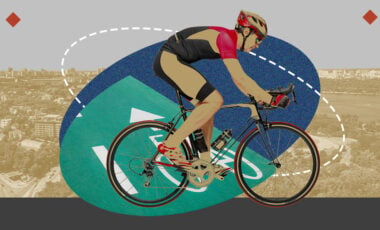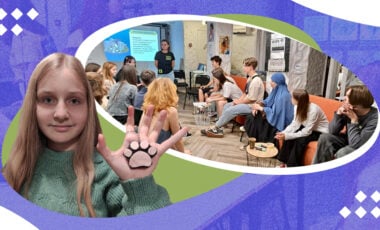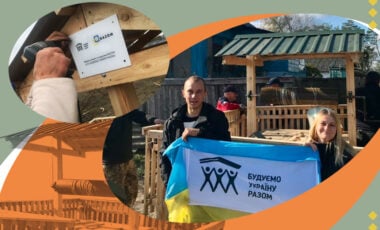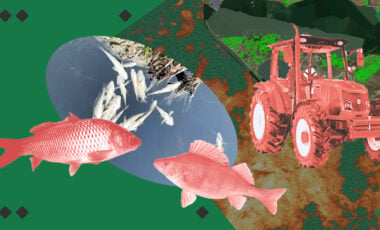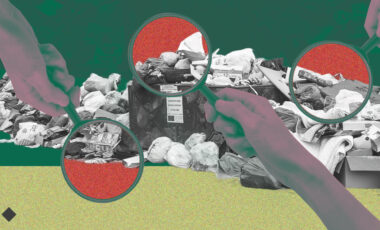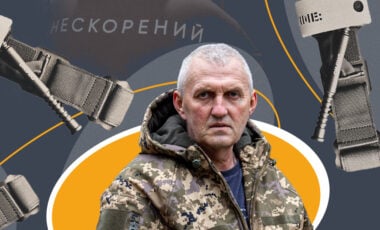Ukrainian historians use digital reconstruction to preserve and popularize archaeological heritage

As part of the project "ViRtuality of Forgotten Ancestors: The Immersive World of Shamanic Burials of the Bronze Age," the Center for the Protection and Research of Archaeological Monuments created digital reconstructions of four burials of the Bronze Age (III-II millennia BC).
The project won the competition and the support of the Ukrainian Cultural Fund (UCF) and now helps popularize the archaeological heritage with the help of modern technologies — three-dimensional, virtual, and augmented reality, Rubryka reports.
What is the problem?
Archaeological heritage is designed to teach descendants about ancestors, bring them closer to understanding their way of life and customs, and search for common and distinctive features of the past and present.
Since the beginning of Russia's full-scale war against Ukraine and its devastating consequences for cultural monuments, it has been especially important to preserve and popularize Ukrainian history when Russia seeks to destroy it and pretend it never existed.
What is the solution?
Modern digital technologies have been helping to solve several key problems for almost a decade. They popularize the archaeological heritage and help preserve knowledge about objects subject to destruction or that have already been lost.
Since 2016, the world's leading museums have been hurrying to digitize their collections. In Ukraine, this movement spread in 2019-2020.

How does it work?
In 2023, for the first time in Ukraine, scientists transferred a complex of burials of the catacomb culture into virtual reality. People were buried not in pits but in more complex structures — catacombs.
The results of the 2007 archaeological expedition in Hrebinka, Poltava region, became the scientific basis of the developments. The scholars had to study the almost-destroyed mound before the gas station was built in its place.
As Viacheslav Sherstiuk — the head of the expedition, and now the head of the center and a military officer — said, the archaeologists did not count on the finds because of the condition of the mound. However, the ancient burials of the Donetsk and Inhul catacomb cultures were preserved due to the depth and structure of the catacombs themselves.
The burial of the shaman can be viewed through the browser. WebGL technology allows you to navigate through the burial chamber and view items as if it were an online tour.

The burial of the shaman is also recreated in virtual reality. With the help of VR glasses, the user first finds themselves near the mound and then descends into the catacomb. The archaeologists of the center have developed a quest the user passes, interacting with the artifacts of the shamanic burial and learning about their significance for the catacombs. You can follow the quest by visiting the Center of Archeology in Poltava.
In augmented reality (AR), you can see with the help of a smartphone how the shaman probably looked during her lifetime. You can see the full-sized cult servant appear in the room by following the link and without installing additional apps.
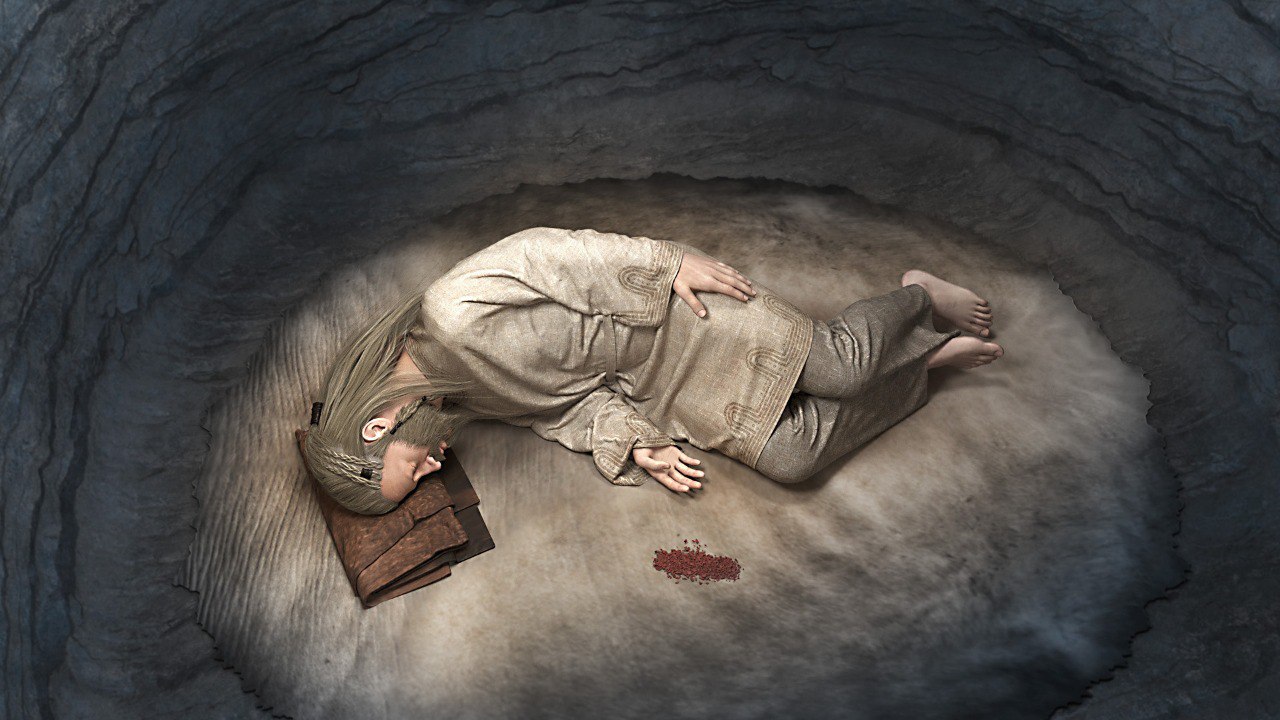
The four indoor burials tentatively named by scientists as "shaman," "warrior," "artist," and "giant," and the appearance of a "living" shaman are also visualized in 3D. These models can be viewed in the 3d catalog on the center's website.
Creative workshop "Architekton," LLC "SIMPLIFY," and company ADVIN developed the reconstructions. All developments are voiced and described in Ukrainian and English.
The authors of the project expect that the project will be useful to history teachers and professors, popularizers of science, historical and cultural heritage and local tourism, and archaeologist colleagues. Also, the project can encourage heads of communities to create similar reconstructions to increase the tourist potential of the community and attract funds from donors and investors.
This is not the team's first digital development. In 2020, with the support of UCF and the Zagoriy Foundation, they implemented the project "Virtual Tours of the Monuments of Archeology and History of the Poltava Region."
The team created a unique online platform with an interactive map of important archaeological and historical monuments, electronic scientific and conservation files on 260 monuments, 36 spherical panoramas and ten 3D visualizations of hillforts, two 3D reconstructions of ancient burials, as well as five author's tourist sightseeing routes (real and virtual). The development received a nomination in the UCF project competition "Best Digital Product of the Year."
Earlier, Rubryka reported that a Ukrainian man found an ancient artifact in his garden and handed it over to the museum.
We also reported that UNESCO, the United Nations Educational, Scientific and Cultural Organization, intends to create the first virtual museum of stolen cultural heritage.
More than 300 evacuated exhibits of the Ochakiv Museum of Marine Painting are being digitized in Mykolaiv, among which there are paintings by Ukrainian artists Rufim Sudkovsky, Ivan Aivazovsky, as well as Tetyana Yablonska.

























